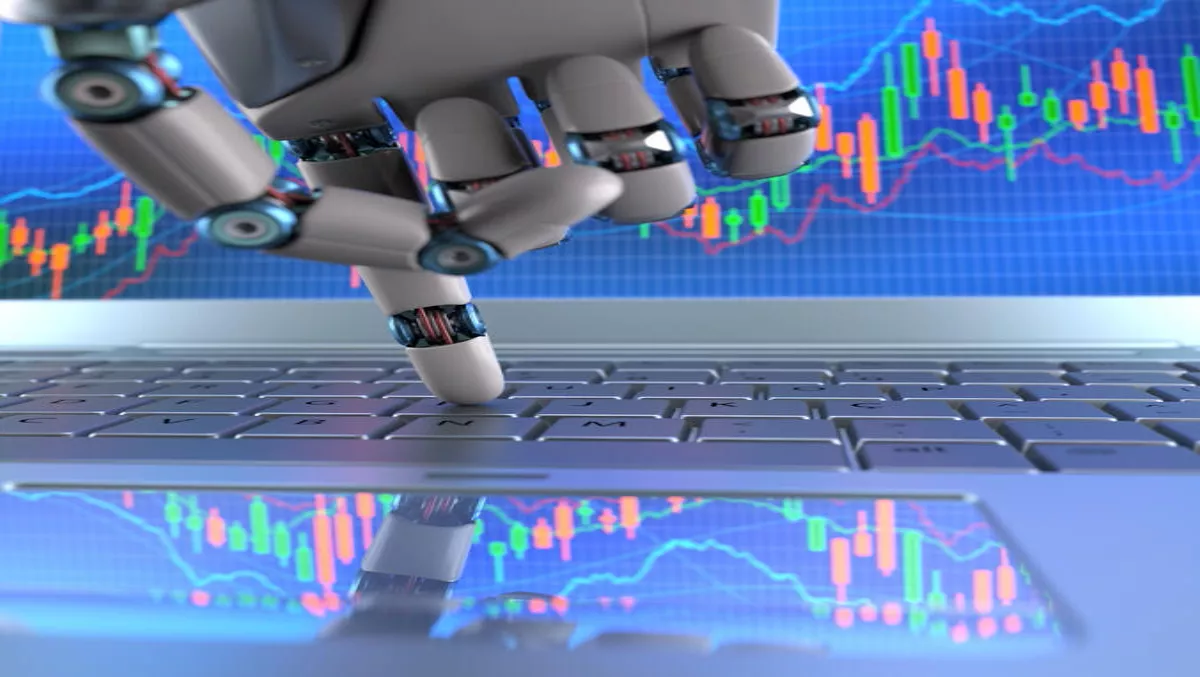
Robot-as-a-Service? What next year will mean for robotics
Robotics is set to continue to accelerate innovation, changing the way businesses operate across many industries around the world.
Adoption of robotics is predicted to be strong, as organisations look to the technologies to get a competitive edge.
That's the just according to IDC, who has released its Top 10 Predictions for Worldwide Robotics for 2017 and Beyond.
IDC's report DC FutureScape: Worldwide Robotics 2017 Predictions, highlights the key drivers for robotics and how these are likely to shape the development of robotics in the planning horizon of 2017 through to 2020.
"Technological development in artificial intelligence, computer vision, navigation, MEMS sensor, and semiconductor technologies continue to drive innovation in the capability, performance, autonomy, ease of use, and cost-effectiveness of industrial and service robots," explains Dr. Jing Bing Zhang, research director, Worldwide Robotics and Asia Pacific Manufacturing Insights, IDC Asia/Pacific.
"Robotics will continue to accelerate innovation, thus disrupting and changing the paradigm of business operations in many industries," he says.
"IDC expects to see stronger growth of robotics adoption outside the traditional manufacturing factory floor, including logistics, health, utilities and resources industries," says Zhang.
"We encourage end-user companies to embrace and assess how robotics can sharpen their company's competitive edge by improving quality, increasing operational productivity and agility, and enhancing experiences of all stakeholders," he adds.
IDC's strategic top predictions and major robotics trends that are set to present opportunities and challenges to IT in 2017 and beyond:
Prediction 1: Robot as a Service. By 2019, 30% of commercial service robotic applications will be in the form of a "Robot as a Service" business model, reducing costs for robot deployment.
Prediction 2: Chief Robotics Officer. By 2019, 30% of leading organizations will implement a chief robotics officer role and/or define a robotics-specific function within the business.
Prediction 3: Evolving Competitive Landscape. By 2020, companies will have a greater choice of vendors as new players enter the US$80-billion ICT market to support robotics deployment.
Prediction 4: Robotics Talent Crunch. By 2020, robotics growth will accelerate the talent race, leaving 35% of robotics-related jobs vacant while the average salary increases by at least 60%.
Prediction 5: Robotics Will Face Regulation. By 2019, the Government will begin implementing robotics-specific regulations to preserve jobs and to address concerns of security, safety, and privacy.
Prediction 6: Software Defined Robot. By 2020, 60% of robots will depend on cloud-based software to define new skills, cognitive capabilities, and application programs, leading to the formation of a robotics cloud marketplace.
Prediction 7: Collaborative Robot. By 2018, 30% of all new robotic deployments will be smart collaborative robots that operate three times faster than today's robots and are safe for work around humans.
Prediction 8: Intelligent RoboNet. By 2020, 40% of commercial robots will become connected to a mesh of shared intelligence, resulting in 200% improvement in overall robotic operational efficiency.
Prediction 9: Growth Outside Factory. By 2019, 35% of leading organizations in logistics, health, utilities, and resources will explore the use of robots to automate operations.
Prediction 10: Robotics for Ecommerce. By 2018, 45% of the 200 leading global eCommerce and omni-channel commerce companies will deploy robotics systems in their order fulfilment warehousing and delivery operations.


